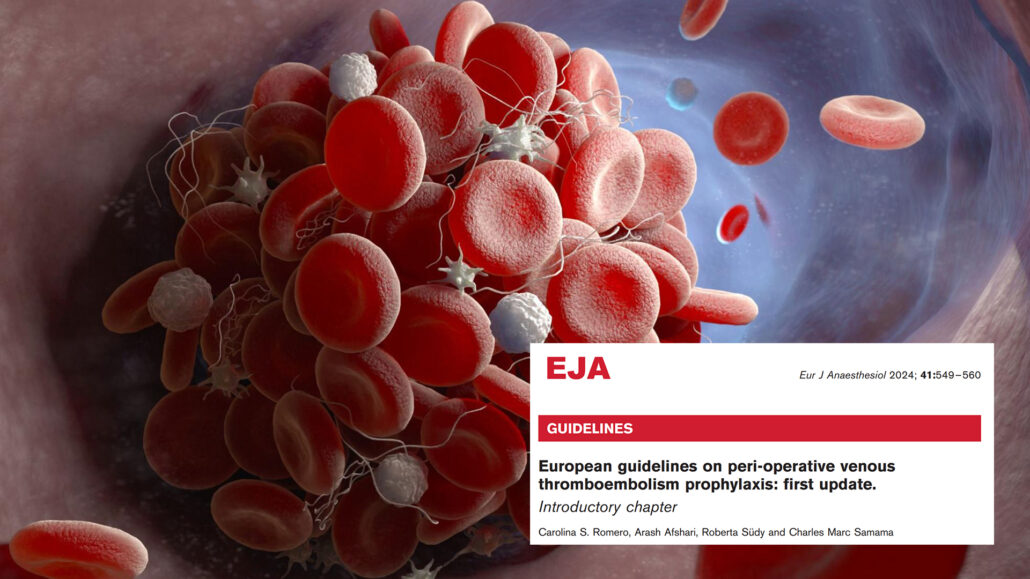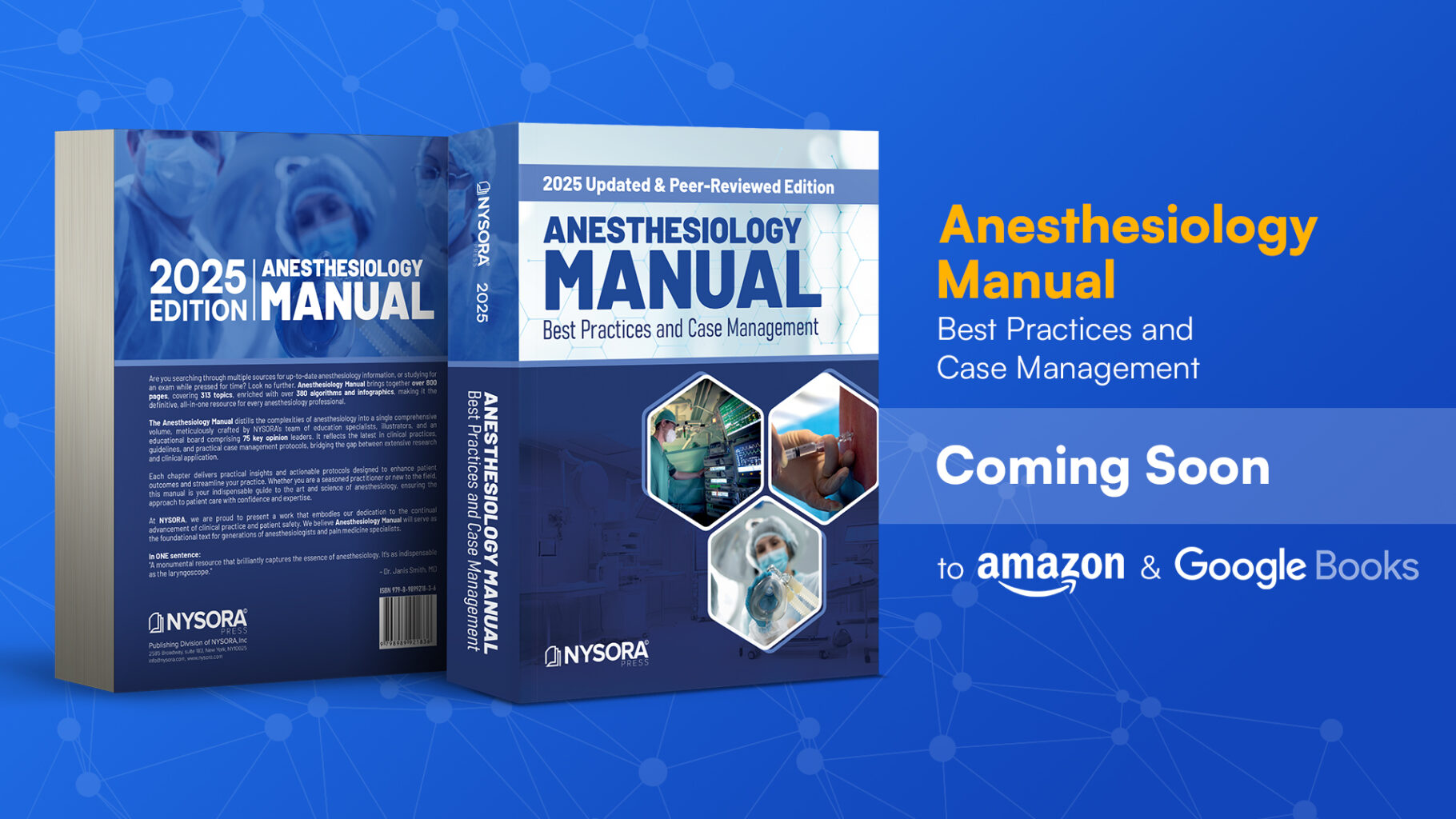
European Guidelines on Peri-Operative Venous Thromboembolism (VTE) Prophylaxis: Key Updates and Clinical Implications
Venous thromboembolism (VTE) remains a critical concern in the peri-operative setting, posing significant risks to surgical patients. In response to evolving clinical practices and new evidence, the European Society of Anaesthesiology and Intensive Care (ESAIC), alongside other prominent European and international societies, has released updated guidelines on peri-operative VTE prophylaxis. These guidelines, published in the European Journal of Anaesthesiology, represent the first major update since the initial recommendations in 2018.
Background and importance
VTE, encompassing both deep vein thrombosis (DVT) and pulmonary embolism (PE), is a major cause of morbidity and mortality in surgical patients. The peri-operative period is particularly high-risk due to factors like prolonged immobility, surgical trauma, and patient-specific risk factors such as age, obesity, and previous history of VTE. Effective VTE prophylaxis is therefore crucial to mitigate these risks.
Key updates in the 2024 guidelines
- Expanded scope and new chapters
- New specialties covered: The updated guidelines now include specific sections for plastic surgery, urology, trauma, and non-ambulatory orthopedic surgery. These additions address the unique VTE risks and prophylaxis requirements in these surgical fields.
- Removal of COVID-19-specific guidelines: Initially planned as a new chapter, the section on peri-operative prophylaxis in COVID-19 patients was ultimately excluded due to the virus’s declining clinical impact.
2. Focus on mechanical and pharmacological Prophylaxis
- Day and fast-track surgery: The guidelines emphasize general measures such as optimal hydration and early mobilization over mechanical or pharmacological prophylaxis for low-risk patients. In contrast, for high-risk procedures, a combination of pharmacological prophylaxis with low molecular weight heparin (LMWH) and early ambulation is recommended.
- Mechanical prophylaxis: There is a continued endorsement of intermittent pneumatic compression (IPC) devices, especially in patients with contraindications to pharmacological prophylaxis or those at high risk for VTE. The guidelines recommend integrating mechanical prophylaxis into institution-wide protocols to ensure consistency in VTE prevention practices.
3. Specific recommendations for high-risk populations
- Obese patients: Bariatric surgery patients, particularly those with a BMI over 40 kg/m², are identified as a high-risk group. The guidelines recommend enhanced prophylaxis strategies, including higher doses of LMWH and the combined use of mechanical methods like IPC.
- Elderly patients and those with coagulopathies: For elderly patients and those with pre-existing coagulopathies, the guidelines suggest a cautious approach, balancing the risk of bleeding with the need for effective VTE prevention.
4. Updated recommendations for neurosurgery and cardiac surgery
- Neurosurgery: The guidelines now recommend the peri-operative use of IPC starting from the beginning of surgery for patients undergoing moderate to high-complexity spine procedures and craniotomy. The initiation of LMWH or unfractionated heparin (UFH) is suggested postoperatively, provided there is no significant bleeding risk.
- Cardiac surgery: Pharmacological prophylaxis should be initiated within 6 to 24 hours post-surgery for cardiac patients, assuming no significant bleeding risk. This is a notable change aimed at reducing the incidence of VTE without compromising patient safety.
5. Prophylaxis in Urological Surgery
- The guidelines provide specific recommendations for pharmacological prophylaxis in urological surgeries, such as open radical cystectomy and radical prostatectomy. The use of LMWH or direct oral anticoagulants (DOACs) is advised depending on the patient’s risk profile.
6. Duration and timing of prophylaxis
- Extended prophylaxis: The guidelines advocate for extending the duration of VTE prophylaxis beyond the hospital stay for high-risk patients, particularly after major orthopedic surgeries like total hip arthroplasty (THA) and total knee arthroplasty (TKA). A minimum of 7 days is recommended, with consideration for up to 4 weeks in certain high-risk scenarios.
- Timing: There is an emphasis on the timing of the first dose of LMWH, particularly in the context of neuraxial anesthesia. The guidelines suggest a postoperative start, especially in fast-track procedures, to minimize the risk of spinal hematoma.
7. Patient education and risk assessment
- A recurring theme in the guidelines is the importance of educating patients about the signs and symptoms of VTE and ensuring a personalized risk assessment. The use of the Caprini score for VTE risk assessment is reiterated, although the guidelines acknowledge the need for updates to reflect changes in peri-operative care.
Key highlights
- The importance of individualized VTE risk assessment and the use of validated tools like the Caprini score.
- The need for early initiation and, in some cases, extended duration of pharmacological prophylaxis, particularly in high-risk surgical patients.
- The critical role of mechanical prophylaxis, particularly IPC, in reducing VTE risk when pharmacological options are limited or contraindicated.
- The guidelines include new surgical specialties and patient populations ensuring broader applicability across different clinical settings.
Conclusion
The 2024 update to the European guidelines on peri-operative VTE prophylaxis offers a robust and comprehensive approach to VTE prevention, reflecting the latest evidence and clinical practices. By adhering to these guidelines, clinicians can enhance the safety and well-being of their surgical patients, ultimately reducing the burden of VTE in the peri-operative period.
For more detailed information, refer to the full article in the European Journal of Anaesthesiology
Romero, Carolina S.; Afshari, Arash; Südy, Roberta; Samama, Charles Marc. European guidelines on peri-operative venous thromboembolism prophylaxis: first update.: Introductory chapter. European Journal of Anaesthesiology 41(8):p 549-560, August 2024.
Coming soon! Stay tuned for more information on VTE in our upcoming Anesthesiology Manual: Best Practices & Case Management. Don’t miss your chance—get your copy soon on Amazon or Google Books.




